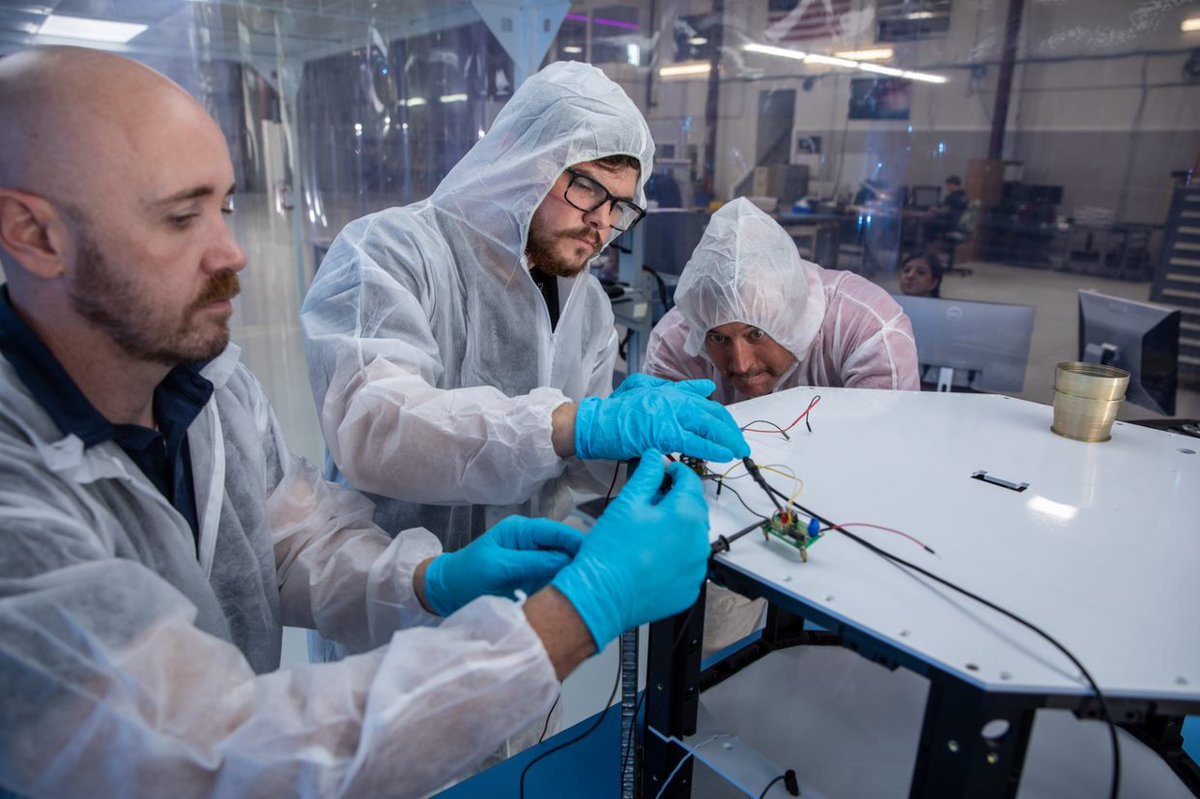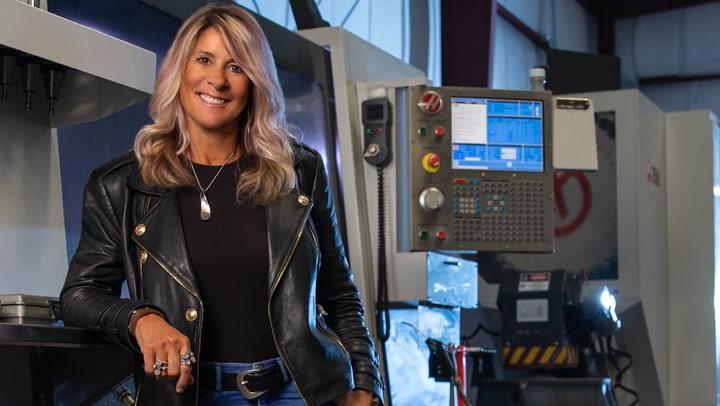In the New Space industry, a revived generation of space companies is tapping into plenty of unexplored opportunities, private funding, advances in next-generation technology, and a renewed interest in space from the global public. One of this decade’s thriving startups is satellite maker Sidus Space (NASDAQ: SIDU). Operating as a contractor for public and private sector satellite and exploration services for ten years, the business is uprooting a multibillion-dollar satellite market.
Following a series of eventful announcements in 2022, including awards, partnerships, and multiple launch agreements, Sidus Space revealed a new deal with Exo-Space, a Los Angeles startup offering inexpensive, easy-to-assemble CubeSats, and disclosed that it had received over $1.9 million in new purchase orders for space and defense hardware and services during the third quarter of the year.
Artificial Intelligence aboard 3D Printed Satellites
Focused on mission-critical hardware manufacturing combined with commercial satellite design and 3D printing, launch, and data collection, Sidus Space said it signed a satellite deployment contract with Exo-Space to integrate and launch its artificial intelligence software technology on Earth Observation satellites. According to the deal, Sidus Space will integrate Exo-Space’s payload into its hybrid 3D printed satellite, LizzieSat, which is expected to launch in 2023.
This technology implementation will provide near-real-time intelligence derived from Earth Observation data while onboard the satellite, enabling commercial, government, and NGO customers to take more effective action in time-sensitive operations. This first launch will be a pilot mission, paving the way for deploying additional units on subsequent launches.
 Engineers working on Sidus Space’s LizzieSat. Image courtesy of Sidus Space.
Engineers working on Sidus Space’s LizzieSat. Image courtesy of Sidus Space.Planned for these subsequent launches are a broader array of sensor resources, increased computing capacity, and improved communications and networking. Sidus Space says that with the proper sensor complement, communication systems, cloud environment, and adequate presence and placement of satellite constellation resources, this technology can provide persistent monitoring for notification of events anywhere on Earth in less than 60 seconds.
As part of Sidus Space’s vision to make low-cost access to space more viable – a concept that the company has trademarked as “Bringing Space Down to Earth” – this important partnership could allow Exo-Space to prove new technologies that will “collaboratively advance the space ecosystem,” explains Sidus Space Founder and CEO Carol Craig.
Likewise, Exo-Space Co-founder and CEO Jeremy Allam believes this collaboration begins to implement an intelligence service unlike any currently available. Notably, Allam suggests that maintaining sub-minute awareness of activity anywhere on Earth or in space will revolutionize commercial and government operations.
“Exo-Space’s intelligent tasking platform will enable accessibility of this information to a much broader audience. The shared vision between our companies provides a path to pair our computing technology with Sidus’ spacecraft resources, enabling the delivery of intelligence that will help to effectively address a number of existing global crises, as well as those that present themselves in the future,” pointed out Allam.
A satellite architect is born
A 10-year-old spinoff of aerospace company Craig Technologies, Sidus Space is founder Carol Craig’s response to expanding the service concept into space. Aside from acting as chairman and CEO, Craig is the public face of Sidus Space and has seen it rise from a small startup to a publicly traded firm that has done business with renowned space names like NASA, L3 Harris (NYSE: LHX), the International Space Station (ISS) and SpaceX.
As an engineer, Craig provided software design and development for military aircraft cockpit systems and before becoming a self-described “astropreneur,” Craig was one of the first women eligible to fly combat aircraft in the U.S. Navy and the first female aviator in her squadron serving as an active-duty P-3C Orion Naval Flight Officer.
 Carol Craig, founder and CEO of Sidus Space. Image courtesy of Sidus Space.
Carol Craig, founder and CEO of Sidus Space. Image courtesy of Sidus Space.Until its $15 million IPO (initial public offering) in December 2021, Craig’s satellite services and design engineering company managed to raise $3 million in one round. Since then, Sidus Space has reported a 1,075% increase in revenue in the first quarter of 2022 and posted second-quarter 2022 revenue of $1.85 million, a whopping 695% increase year over year. Moreover, for the quarter ended September 30, 2022, it received a combined total of over $1.9 million in new purchase orders for space and defense hardware and services supporting multiple customers.
3D Printing LizzieSat
With new funds coming in, the satellite maker has high hopes for its hybrid 3D-manufactured LizzieSat micro-satellite for low Earth orbit (LEO), which focuses on rapid, cost-effective development and should launch from the ISS in early 2023. Using continuous fiber fabrication technology, the company can produce parts in hours that are stronger than 6061 Aluminum and 40% lighter, including functional prototypes, production parts, end-life production, tools, jigs and fixtures, and fly-away parts.
 Sidus Space uses 3D printing for early-stage product development to functional finished parts for its satellite. Image courtesy of Sidus Space.
Sidus Space uses 3D printing for early-stage product development to functional finished parts for its satellite. Image courtesy of Sidus Space.Weighing in at 220-pounds (100kg), the LizzieSat has space to integrate customer sensors and technologies efficiently. Moreover, during an earnings call with investors last August, Craig revealed that the proprietary LizzieSat is in the advanced stages of development and offers many unique selling propositions for its customers.
“They are partially 3D manufactured, which allows for more payload and customer space due to the lighter weight associated with 3D printed materials. The sizing of our satellite allows us to include propulsion and provide precision pointing and maneuvering otherwise not available to smaller CubeSats. Additionally, propulsion provides a longer life in orbit, which means continued data transfer and revenue opportunities. The larger mass also allows us to design redundancy and reliability into our spacecraft,” described Craig.
Using proprietary 3D printed SmallSat designs to manufacture commercial satellites in-house for easy integration of customer technologies, the company is building a multi-mission satellite constellation to provide continuous, near real-time Earth Observation and Internet-of-Things (IoT) data for the global space economy.
Subscribe to Our Email Newsletter
Stay up-to-date on all the latest news from the 3D printing industry and receive information and offers from third party vendors.
You May Also Like
3D Printing Financials: Fathom Struggles in Financial Quicksand During Critical Transition
Facing a year of key transitions and financial pressures, Fathom (Nasdaq: FTHM) has filed its annual report for 2023 with the U.S. Securities and Exchange Commission (SEC). The document outlines...
Latest Earnings Overview for Australian 3D Printing Firms Titomic and AML3D
Australian 3D printing manufacturing firms Titomic (ASX: TTT) and AML3D (ASX: AL3) reported their financial results for the period from July to December 2023, marking the first half of their...
3D Printing Webinar and Event Roundup: April 7, 2024
Webinars and events in the 3D printing industry are picking back up this week! Sea-Air-Space is coming to Maryland, and SAE International is sponsoring a 3D Systems webinar about 3D...
3D Printing Financials: Unpacking Farsoon and BLT’s 2023 Performance
In the Chinese 3D printing industry, two companies, Farsoon (SHA: 688433) and Bright Laser Technologies, or BLT (SHA: 688333), have recently unveiled their full-year earnings for 2023. Farsoon reported increases...































